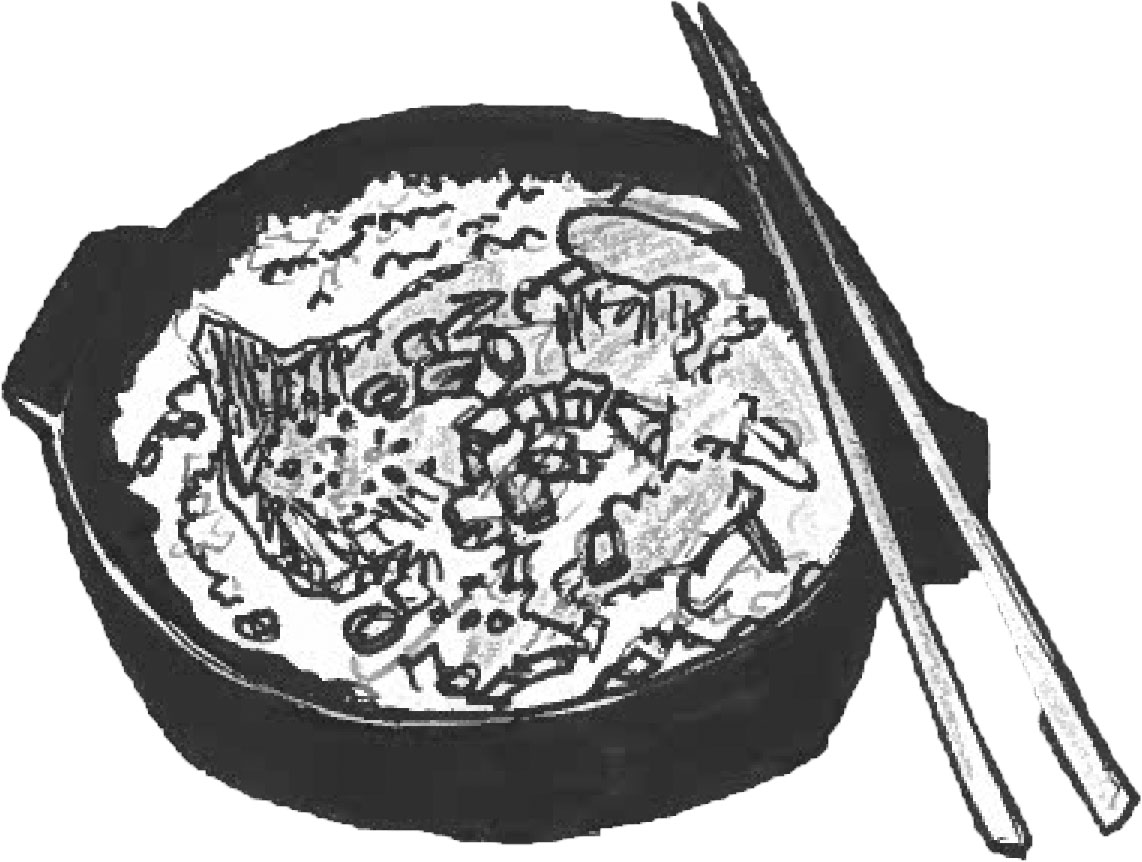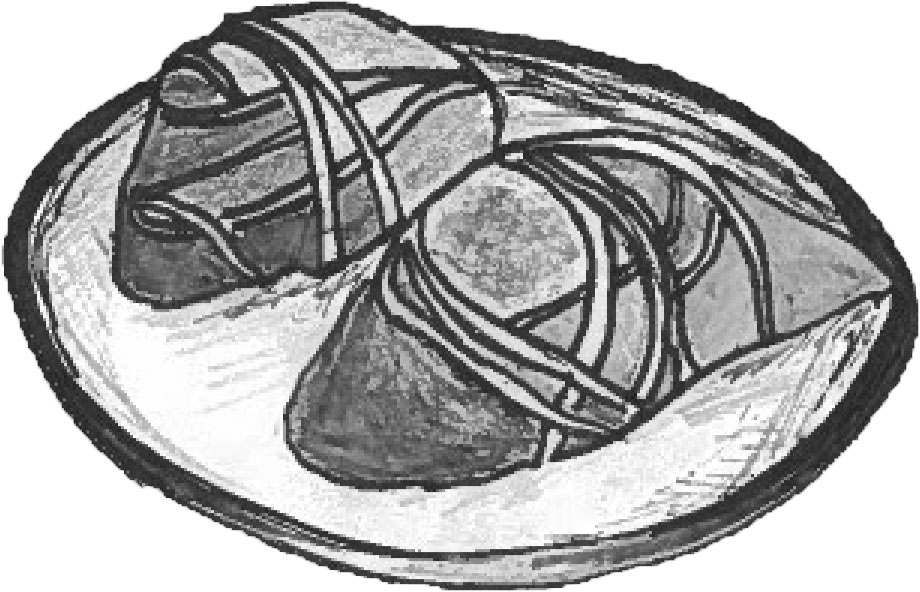Over 10,000 years, humans have relied on rice for food, and cultures around the world have developed their own unique adaptations to the practical grain. From jollof rice from West Africa to paella from Spain, rice has influenced cuisines from all over the world since the first humans began eating it in the Yangzi River Valley. Here are some ways Garfield’s AAPI students enjoy rice.
Gukbap:

Originating in Korea, Gukbap combines two comfort foods: rice and soup. The rice is first cooked in a bone broth, then seasoned with soy sauce, sesame oil, rice wine, and miso. Then it’s served in a hot stone pot, called a Ttukbaegi. Gukbap is known as one of Korea’s first fast foods due to its affordability and ease of customization.

Zongzi:
These sticky rice dumplings originated in China but have spread to neighboring countries like Myanmar, Philippines, Cambodia, Indonesia, Laos, and Thailand. Zongzi is made with glutinous rice stuffed with a variety of fillings like pork, mushrooms, or peanuts. It is then wrapped with bamboo leaves and steamed. In China, zongzi is traditionally eaten during the Dragon’s Boat Festival.
Thit Kho:
Thit Kho, made by braising pork belly and eggs in coconut juice and fish sauce, is a staple comfort food in Vietnamese households. Cooked in giant metal pots, thit kho is infamous for lasting weeks when paired with a bowl of white rice.
Al Kabsa, Majboos:
Originating in Yemen, Al Kabsa, or Majboos is the national dish for many Arab countries like Saudi Arabia and Bahrain. It is made by cooking rice and various types of meat in whole spices like black pepper, cloves, cardamom, saffron, cinnamon, black lime, bay leaves, and nutmeg.
Musubi:

While musubi originated in Japan, it has become synonymous with Hawaii’s food culture. The most popular version is the spam musubi, which utilizes fried SPAM and nori with rice. SPAM was popularized by GIs in Hawaii during World War II, and nori is a staple in Japan. SPAM musubis are a product of Hawaii’s unique history with Japanese immigration.
While these recipes barely scratch the surface of rice’s versatility, these diverse preparations show how creative cultures around the world have adapted a common ingredient to fit their unique palettes. The ways different cultures have chosen to eat rice can give a glimpse at their history and lifestyles, but it’s the common ingredient, rice, that can bring cultures together.








